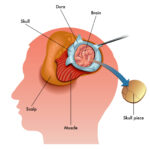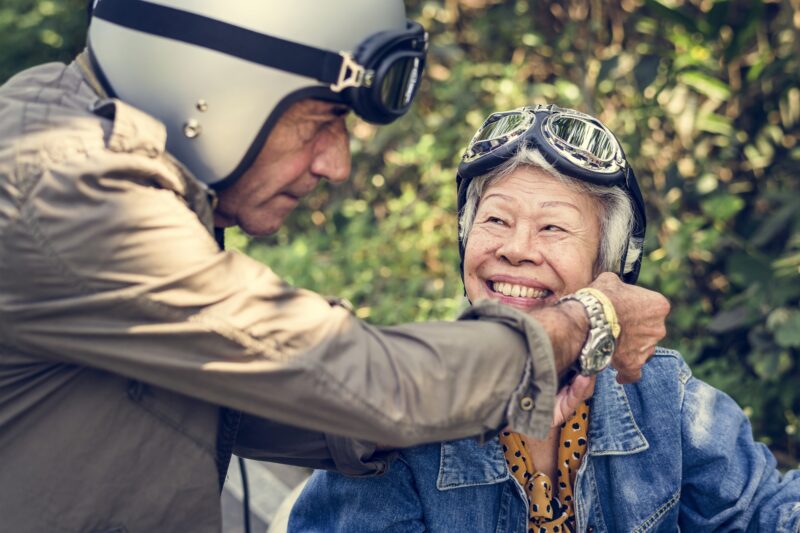In the last week, California made headlines for legalizing the practice of riding e-scooters and other shared modes of transportation without a helmet.
E-scooters from companies like Lime, Bird and Skip can reach speeds up to 35 mph and are allowed to ride on the street with traffic.
This piece of legislation is especially controversial for various cities’public safety and transportation practices.
Unfortunately, as this new legislation was being passed, the United States’ first e-scooter fatality happened in Dallas, TX.
Jacoby Stoneking of Dallas passed away from blunt force trauma to his head. The cause of the accident is still under investigation.
Additionally shortly after Stoneking’s tragic passing, another death was recorded in Washington DC.
Carlos Sanchez Martin, a 20-year-old male, collided with a vehicle and passed away from injury shortly after the accident.
Both of these tragedies occurred while the victims were riding Lime e-scooters.
Kuether Brain and Spine sends their thoughts and best wishes to the families and friends of the two victims who have passed in the past few weeks due to these tragic accidents.
Kuether Brain and Spine is invested in following this news because transportation-related accidents are one of the most common causes for traumatic brain injuries and/or head injuries.
A few weeks ago, we shared a blog post regarding the importance of wearing protective headgear while enjoying the increasingly popular new transportation options of shared bikes and e-scooters.
We wanted to share the news above to reiterate the critical need for riders to wear well-fitting, protective helmets.
As well, Kuether Brain and Spine believes the companies behind the ride share scooters should also promote and find a way to supply protective headgear with its products.
We also hope our home state of Oregon advocates for the use of helmets for e-scooter or bike riders as again, these modes of transportation can reach up to 35 mph and are on the roads with and against oncoming traffic.
The more prepared and informed riders are the better chances they’ll have in potential accidents.










